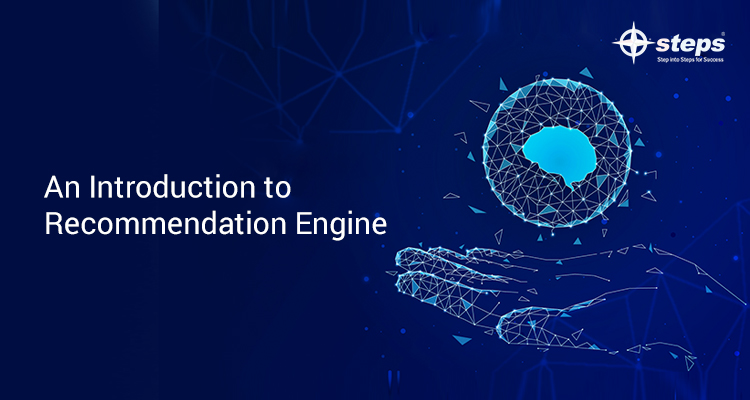An Introduction to Recommendation Engine

Recommender systems are algorithms that are aimed to suggest relevant items to users. Recommender systems or recommendation engines are an integral a part of certain industries as they will generate an enormous amount of income once they are efficient.
The job of these systems is to open the customers up to whole new products and possibilities, which they would not think to search their own.

There are different Types of Recommendation Engines:
- Collaborative Filtering
- Content-Based Filtering
- Hybrid Recommendation Systems
Collaborative Filtering
Collaborative filtering is performed by collecting and analyzing an outsized amount of data which is predicated upon the users’ behaviors, activities or preferences and thus predicting what the users will like which is supported by their similarity to other such users.
The advantage of the collaborative filtering approach is that they do not depend on machine decipherable content and is thus capable of accurately recommending complex items like movies knowing more of the item itself.
Many algorithms are being utilized in measuring user similarity or item similarity in recommender systems, for instance, the k-nearest neighbor (k-NN) approach and the Pearson Correlation.
Content-based filtering
These are supported on an outline of an item and details of the user’s preference. In this method, keywords are used to describe the item and a user profile is made to identify the item this user likes. These algorithms attempt to recommend items that are almost like those that the user liked in the past.
Different items are compared with items previously rated by the particular user and therefore the best-matching items are thus recommended. This approach is essentially based in information retrieval and knowledge filtering research
Hybrid Recommendation System
Combining collaborative filtering and content-based filtering have been found to be more effective in some cases. Hybrid approaches are often implemented in several ways, by making content-based and collaborative-based predictions and then combining them, or by adding content-based capabilities to a collaborative-based approach or by unifying the approaches into one single model.
Several studies demonstrate that the hybrid methods can provide more accurate recommendations than pure approaches. These methods also can use to overcome a number of the common problems in recommendation systems.
Netflix is an excellent example of a hybrid system. They create recommendations by comparing the watching and searching habits of comparable users, i.e. collaborative filtering, and also by offering movies that share characteristics with films that the user has rated highly.
Let’s grab the opportunity to learn AI in Kochi without waiting anymore. Given that, nothing should stand in the way to analyze and understand the information. Finally, the Best AI Training institute in Kochi serves as a tool for both improving the learning experience and increasing efficiency.

